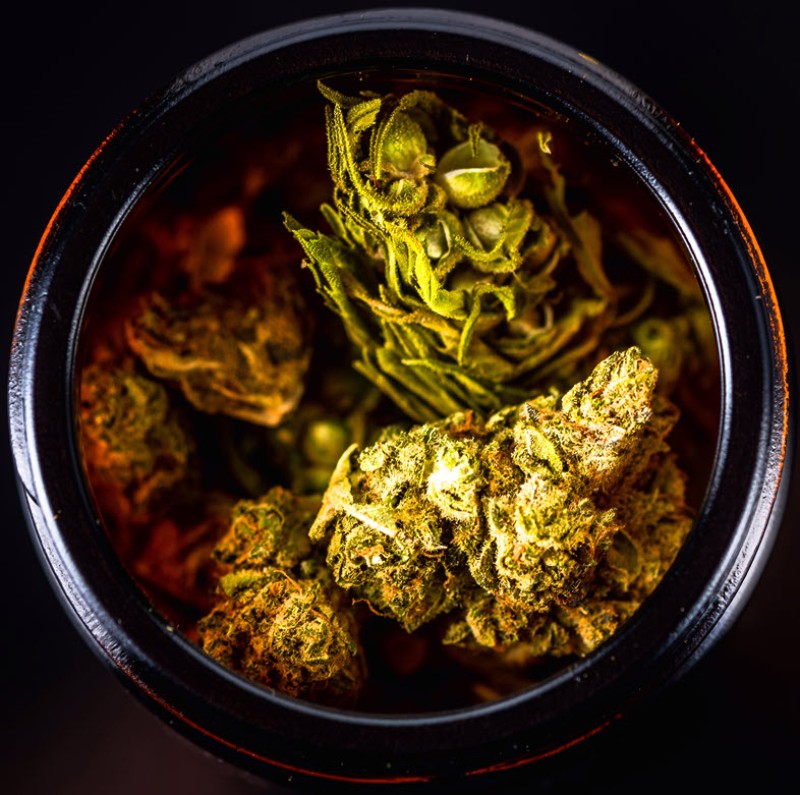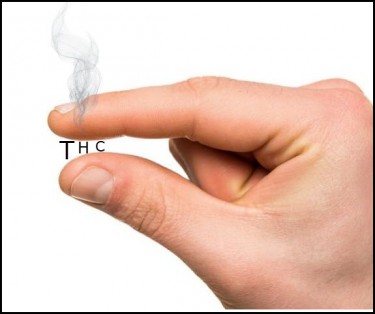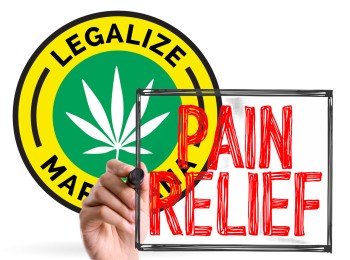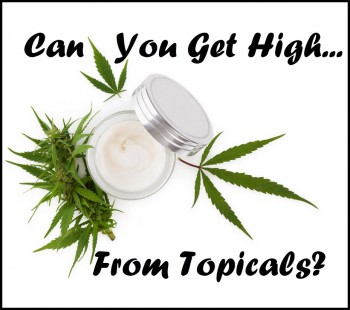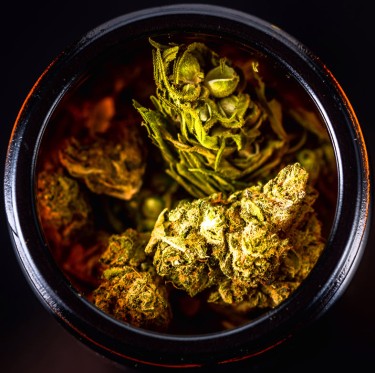
A recent study shows that flower truly still reigns. The study which researchers claim to be one of; if not the most thorough reviews of marijuana consumption at the population level in the United States and Canada to date, investigates trends in marijuana usage patterns in the U.S and Canada from 2018 to 2020, with researchers recognizing the quickly diversified market in the two countries since the legalization of recreational and medical marijuana.
THE STUDY
The study examined variations over time in the frequency of use of various marijuana products, as well as the regularity of use and intake among each product type, in population-based surveys research performed in Canada and the U.S.
From industrial panels in the United States and Canada, within states that may or may not have a legal, adult-use marijuana market, respondents between the ages of 16 and 65 were gathered. Nine different cannabis products, namely, oils and concentrates, edibles, dry flower, and other goods, were the subject of data collection on usage frequency and volume consumed. Customers' tobacco and cannabis use habits were also questioned, and researchers gathered sociodemographic data to look for any correlations between usage and these factors.
The results were in line with earlier studies, concluding that flower continues to be the most popular form of cannabis among consumers, whether or not those consumers engaged in the legal or illicit cannabis markets. Researchers did note the prevalence of other cannabis strains, particularly in areas where it was legal to buy marijuana from stores with a permit.
FINDINGS FROM THE STUDY
Although dried flower was the most frequently used product, research into consumer usage over the previous 12 months from 2018 to 2020 revealed a reduction in the United States' legitimate (78% to 72%) and illicit (81% to 73%) states and Canada (81% to 73%). Essentially all other product forms showed an increase in the prevalence of recent 12-month use, but the percentage of daily use stayed consistent for the study's observational years.
In 2020, edibles and vape oils matched flower as the most popular cannabis products. The usage of non-flower items was also most prevalent in U.S. legal states, although comparable patterns were seen throughout all study-affected jurisdictions.
Men were more likely than women to report using processed foods. In line with other recent studies showing that marijuana vaping is the most common method of cannabis intake among U.S. teens, vape oils emerged as the most frequently processed product among the 16 to 20-year-olds polled.
The average size of a joint has also increased over time in all jurisdictions, regardless of if adult-use marijuana is prohibited or not, according to researchers, who also found an increase in the daily consumption of cannabis flower.
IN-DEPTH DATA
In terms of product consumption, flower (60%) outpaced vapes (24%), dabs (8%), and edibles (6%) in popularity. Tinctures (0.9%), topicals (0.4%), and beverages (0.3%) all had reported consumption rates under 1%.
These numbers are similar for both sexes: 62% of men and 60% of women reported consuming flowers. Consumption of edibles (7% for men and 5% for women), dabs (8% for both men and women), and vapes (25% for men and 24% for women) was likewise comparable.
The consumption of flowers remained consistent across all age groups, with the 58–76 age group reporting the highest rates at 64%. In contrast, 62% of people in the 26–41 age group, 60% of people under 26, and 60% of people in the 42–57 age group reported consuming flowers.
Contrarily, Gen Zers, who made up 27% of that group, were the most likely to report using a vaporizer. Only 18% of people in the 58–76 age group reported using vapes, compared to 22% in the 26–41 and 42–57 age groups.
Dabs were also highly common with younger customers than with older ones. 9% of those under 26 reported consuming dab, compared to 7% of those in the 26–41, 5% of those in the 42–57, and 2% of those in the 58–76 age groups.
Conversely, older populations than younger ones preferred edibles. Leading 12% of those aged 58 to 76 and 11% of those aged 42 to 57 reported consuming edibles. Under 26% reported 4%, whereas the group aged 26 to 41 reported 7%.
The only noticeable percentage among tinctures, drinks, and topicals was 3% of the 58–76 population who consumed tinctures; all other age groups and products showed 1.5% or lower.
CANNABIS FLOWER PURCHASING TRENDS ARE CHANGING
Although the fact that flower triumphs once more may not appear surprising, these data provide some context for the future. That is, flower might not always reign supreme.
The results highlight the fast-developing nature of the marijuana product industry, including substantial variations in the types of marijuana products consumed by consumers, the authors write in the report's conclusion.
Retailers report there's less focus on purchasing for intensity in favor of other properties of the plant, such as terpenes and lower cannabinoids, as consumers become savvier in more established state markets.
According to an MJBizDaily study, recent statistics from Headset that examined the marijuana markets in Colorado, California, Nevada, Michigan, Washington, and Oregon state seem to confirm the same tendencies. Cannabis sales increased to $4.92 billion in 2020 from $5.49 billion in 2021, per the retail revenue data from the six states, while the market share of the flower decreased overall.
Cooper Ashley, a senior data analyst at Headset, reports that the increase in flower sales last year was less than the 18% growth in total marijuana sales. Comparatively, sales of edibles rose 20.4%, from $1.14 billion to $1.37 billion, during the same period. Before topicals and tinctures/sublingual, flower was the third-slowly-growing product line.
It's unlikely that flower will abdicate from its kingdom anytime soon, even though there are several other rivals to consider in the present day.
BOTTOM LINE
Flower is still going strong as the most purchased part of the cannabis plant, according to the research. Although dried flower remains the market leader, it has started to fall behind the growing acceptance of processed cannabis products such as dabs and vapes as the consuming generation grows.
